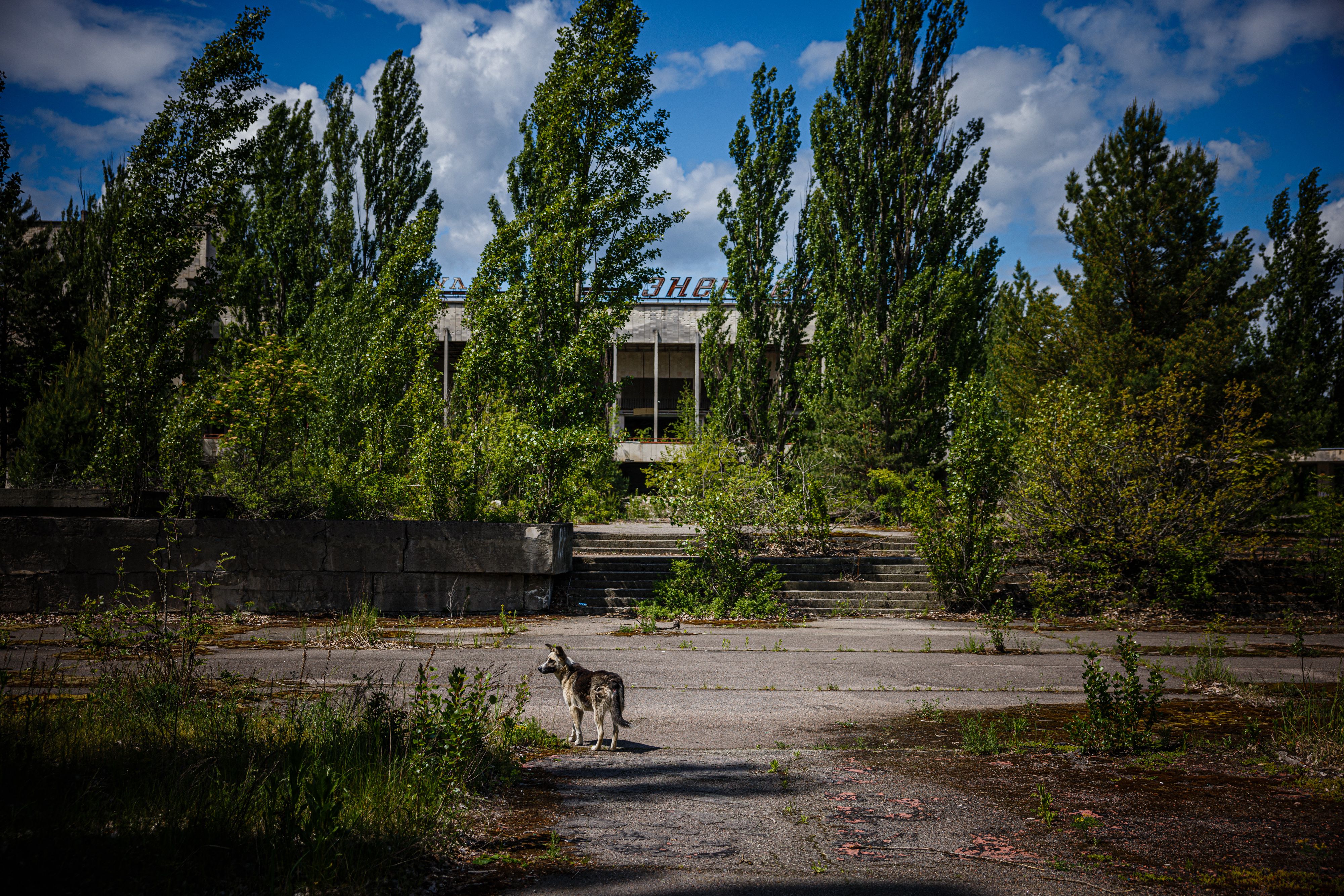Dogs living near Chernobyl nuclear disaster have mutated to develop new superpower
Share:
Dogs living near the site of the Chernobyl nuclear disaster have mutated to develop a new superpower - they are immune to radiation, heavy metals and pollution. Scientists collected blood samples from 116 stray dogs living in the Chernobyl Exclusion Zone (CEZ), finding two different populations that were both genetically distinct from other dogs in the surrounding area.
![[The strays' unique genetic makeup suggests they have adapted to survive long-term exposure to radiation, heavy metals and pollution]](https://i.dailymail.co.uk/1s/2024/12/09/21/92971483-14174993-The_strays_unique_genetic_makeup_suggests_they_have_adapted_to_s-a-55_1733779029263.jpg)
This suggests they have adapted to withstand long-term exposure to this toxic environment and would explain why they have continued to thrive in the wasteland. Understanding how the dogs developed their genetic superpower could help better understand the health impacts of living in a highly toxic environment with multiple environmental hazards, not just in dogs but also in humans.
![[An estimated 900 stray dogs live in the CEZ, and many of them are likely the descendants of pets left behind following the mass evacuation of Chernobyl residents]](https://i.dailymail.co.uk/1s/2024/12/09/21/92973739-14174993-image-a-21_1733778622310.jpg)
The Chernobyl disaster of 1986 was a nuclear meltdown that occurred in northern Ukraine. It began on April 26 with the explosion of one of the power plant's reactors, and led to the largest release of radioactive material into the environment in human history.
![[In January, a team of researchers presented findings that suggest mutant wolves living in this toxic habitat are uniquely resilient to radiation exposure]](https://i.dailymail.co.uk/1s/2024/12/09/21/81016519-14174993-In_January_a_team_of_researchers_presented_findings_that_suggest-a-3_1733778032883.jpg)
Following the tragic event, humans were evacuated from Chernobyl and the surrounding areas to avoid the extreme levels of radiation. From then on, the site was known as the Chernobyl Exclusion Zone (CEZ). Their absence allowed wildlife to flourish and thrive in the CEZ, which contains 11.28 millirem of radiation – six times the allowed exposure amount for human workers.
![[And in May, scientists studying Eastern tree frogs with mutant black skin living near the site discovered that they live just as long as their green, non-mutant counterparts]](https://i.dailymail.co.uk/1s/2024/12/09/20/81023423-14174993-And_in_May_scientists_studying_Eastern_tree_frogs_with_mutant_bl-a-47_1733777462951.jpg)






















